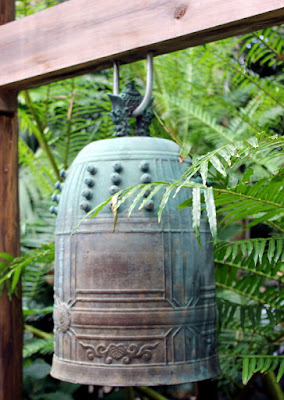 |
| Photo courtesy Aaron Burden |
Introduction by Ted Kooser: Roy Scheele, one of
Nebraska's finest poets, has a new chapbook called The Sledders: Thirty
Sonnets, from Three Sheets Press. One of any writer's most valuable tools is
memory, and this poem shows it being put to work to breathe life into an
afternoon from long ago.
In Possession (Minnesota)
Something almost Flemish about that water,
a golden brown but clear into its depths,
the plank-ends of the dock a fading gray
beside it, and a boat moored at the end;
something, it seems to me in looking back,
about a murky bullhead on a stringer,
one of those rope ones you can hardly see,
so that the fish appeared to scull in place;
something (the details start to widen now)
about white wooden clapboards on the side
of that inn or tavern where my dad had stopped,
a neon beer sign staring out through glass—
late in the afternoon, I drinking deep
of everything I saw, now mine to keep.
American Life in Poetry is made possible by The Poetry
Foundation (www.poetryfoundation.org), publisher of Poetry magazine. It is also
supported by the Department of English at the University of Nebraska, Lincoln.
Poem copyright ©2016 by Roy Scheele, “In Possession: Minnesota,” from The
Sledders: Thirty Sonnets (Three Sheets Press, 2016). Poem reprinted by
permission of Roy Scheele and the publisher. Introduction copyright ©2016 by
The Poetry Foundation. The introduction’s author, Ted Kooser, served as United
States Poet Laureate Consultant in Poetry to the Library of Congress from
2004-2006. We do not accept unsolicited manuscripts.
















































.jpg)


